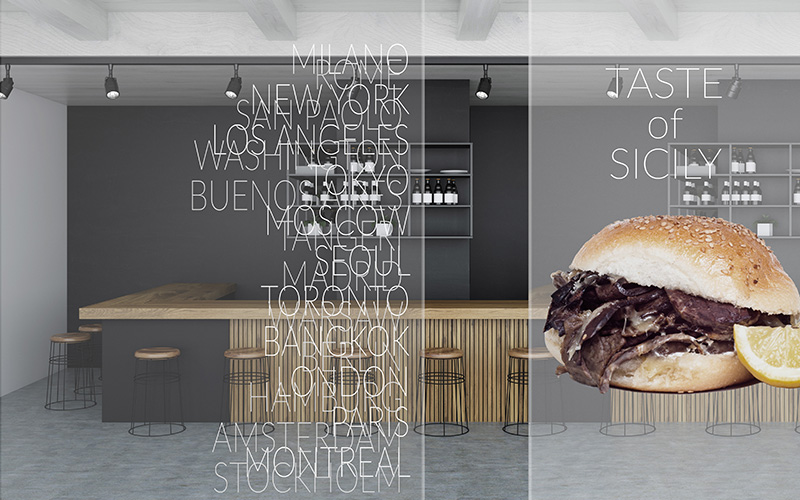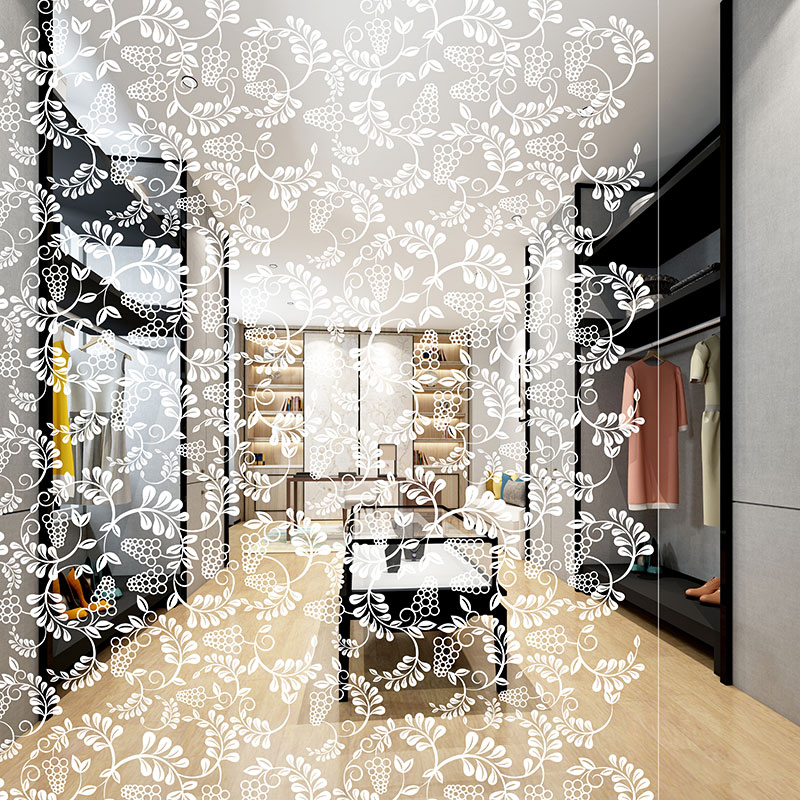
GLASS FINISHES

CONFORMABLE

KNIFE e-CUT

PRINTABLE

OUTDOOR USE

There are different kinds of digital printing on the market, we recommend water-based or solvent-free ones, especially for indoor applications. Printing films are basically divided into two categories: the whites and transparents. It is easy to understand that transparent ones are preferred on transparent or colored surfaces. White films, on the other hand, can be used on white surfaces and might be carved after printing.
What's the main difference? Printing on transparent may be duller than printing on white, due to the effect of transparency, which however remains somewhat. To overcome this drawback, we often proceed with a multi-pass printing, where the first is a white layer, printed only in correspondence with the colored printed area. This will get a lively print (as if printed on white) but with the advantage of transparency, where there is no graphics. Beware that if you apply it on glass, you will see a white spot on the opposite side. In this case, you will have to foresee three passes: color + white + color thus allowing the vision from both sides.
The printing films, in terms of material, are divided into PVC, PVC free and polyester. The former are more flexible and more suitable for curved and 3D surfaces, PVC free ones are preferred, even if not all manufacturing companies provide them. Polyester films, more appropriate for glass surfaces, are more transparent but less flexible, therefore they are not proper for curved surfaces.

